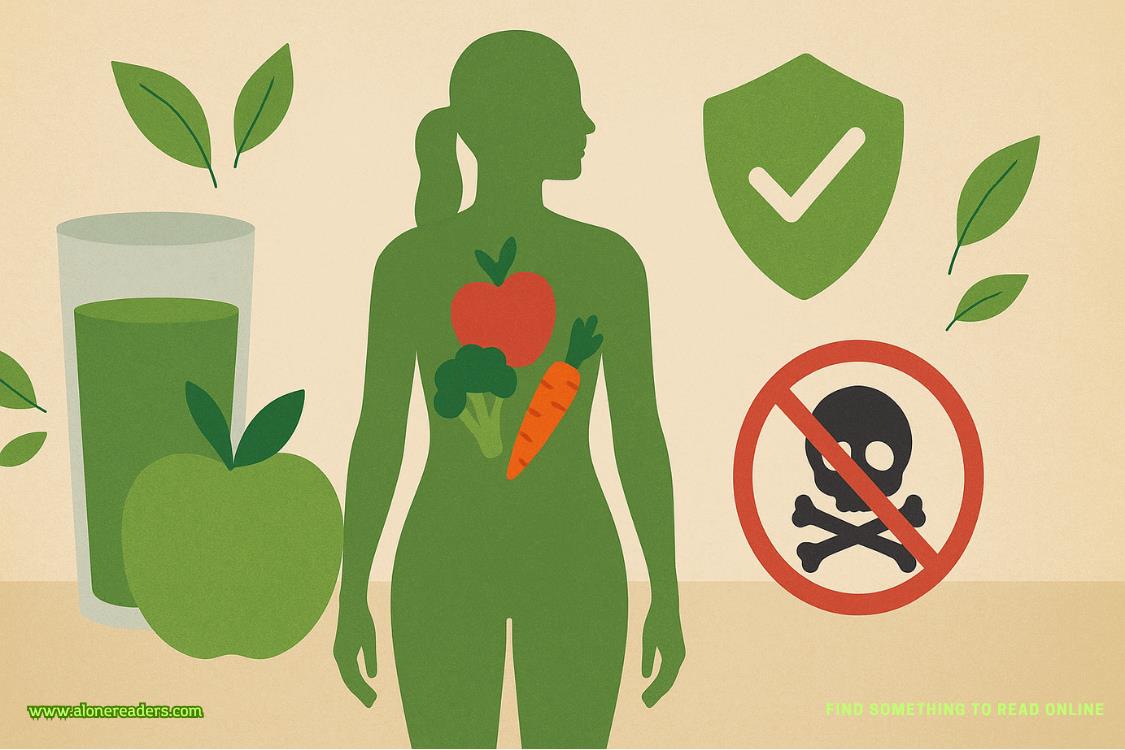Page 31 of Love in Bloom
“Hey, it’s okay.” He pulled her in. “It can be hard to be away from home and everyone you love, even when it’s for a good reason.” His hand rubbed circles on her back, and she leaned into him, her chest pressed against his.
“I don’t know why I’m crying like a ninny. I don’t really cry about things.” She soaked up the warmth of his embrace, noting how well her curves molded against him. She inhaled his scent, letting it envelope her senses. There was the clove, bergamot, and lime. Her heart skipped a beat. She could easily fall for this man. She raised her head up. It would be so easy to close the gap of only a few inches between their lips.
Her fingers scaled his chest and neck to trace the outline of his mouth. His lips were soft. His grip on her hips tightened, and then his hands dropped to his sides and he stepped back. But not before she saw the longing in his eyes. He wanted to kiss her but held back. Why? “Tristan?”
“We should go.” Tristan zipped his suitcase shut and dropped it to the floor.
Camille did the same.
He held the door open for her, and they left the hotel room, leaving Camille to ponder even more questions than before.
♥ ♥ ♥
“Welcome to Eryignac. I’m Patrick Sermadiras, owner of the gardens and your tour guide for the day,” said the man with a high forehead and a mane of white hair, who greeted them at the entrance. “I’m excited to show you our seven gardens and answer any questions you may have. My father designed these gardens, and I’m proud to share their history with you.”
Tristan caught bits of the French, and was grateful that Lisette had provided the English interpreter as well. Camille would get far more out of the tour with a proper translation than if he’d had to translate for her. The tour really spared no expense.
“A little history as we head into the first garden,” Patrick said. “The land you see has been in my family for over five hundred years. That’s twenty-two generations. The original castle, dating from the Middle Ages, was destroyed in the seventeenth century. The present manor house was built by Antoine de Costes de la Calprenède. In the eighteenth century, the gardens were designed by Louis-Antoine Gabriel de la Calprenède. In the nineteenth century they were reworked into the style of an English park. My father decided to take the gardens back to their French roots and redesigned them, based on traces of the former garden, into what you see today.”
“What kind of markers?” Mrs. Aarons asked from beneath her grand sun hat decorated with faux flowers and fruit.
“Low walls, stairs, and former ponds. I’m very proud to carry on the work of my father and the traditions of my ancestors.”
“The ocher color of the manor is the perfect color of skin,” Camille murmured beside him. “I wonder how I could replicate it in the foundation line.”
“Dear Camille, always thinking,” he whispered in her ear. “I take it you’d like a picture.”
“Yes, please.” She smiled up at him, and Tristan thought he’d give anything to have her smile at him like that every day of his life. He banished the thought as quickly as it came, but not before his heart tucked it away.
Tristan snapped the picture and followed Patrick.
“The dovecote is there and the chapel on the opposite side. All of the family have been baptized there.” Patrick beamed.
“He’s certainly proud of his heritage,” Mr. Kollman remarked from beside Tristan and Camille.
“As he should be,” said Mrs. Kollman. “Are you not proud of your German heritage, your ancestors?” She grinned at her husband.
He patted her hand. “I am. I simply don’t have the opportunity to boast about it during tours of my estate.”
“Maybe tours would be a good idea,” Mrs. Kollman’s teasing smile grew even wider. “Might as well capitalize on history. Everyone else is.”
“Heaven forbid. And ruin our peace.” Mr. Kollman shuddered.
Mrs. Kollman tittered behind a hand across her mouth.
Tristan looked around him. “We’ve entered a topiary wonderland.”
“We certainly have. Meticulous.” Camille pointed to the Hornbeam avenue ahead. “Not a twig out of place. How do they do that?”
Patrick continued. “The hedges you see are hand sculpted using hand shears, cord, and a plumb line. They require trimming four to five times a year, depending on their growth. We use wooden templates for the windows, and bamboo canes guide our young boxwoods into the proper shapes to make up our animals. I invite you to take a moment to enjoy the shade under our Chinese pagoda and enjoy the view. During the height of the French East India Company it was popular to explore the Orient and bring back its influences to be incorporated into the landscape.”
Camille rested on one of the benches under the pagoda and Tristan snapped another picture.
“It’s lovely here,” Camille remarked. “I can see why the family never wanted to let it go.”
“It’s a wonderful thing to be a product of so much history,” Tristan agreed.
“Do you have such a history back in Wales?”
- Unstoppable Billionaire by Jessika Klide
- Precious Hazard by Neva Altaj
- Mercenary Daddy's Girl by Lena Little
- The Tracker by Delta James
- Mountain Man's Mail Order Treat by Lilah Hart
- Made for Vengeance by Elle Kay
- Daddies' Little Cubs by Hadley Reid
- Katie 3 by Bodie Summers
- Outside the Room by Blake Pierce
- All's Fair In Love & War by Mesha Mesh
- Malicious Claim by Edna Bruce
- Making a Mountain Man by Alana Gray
- Replay by Kim Findlay
- Blade and Arrow Origins by Gia Cobie
- Bearly Hanging On by Sam Hall
- The Ninth Element by Sara Hatami







